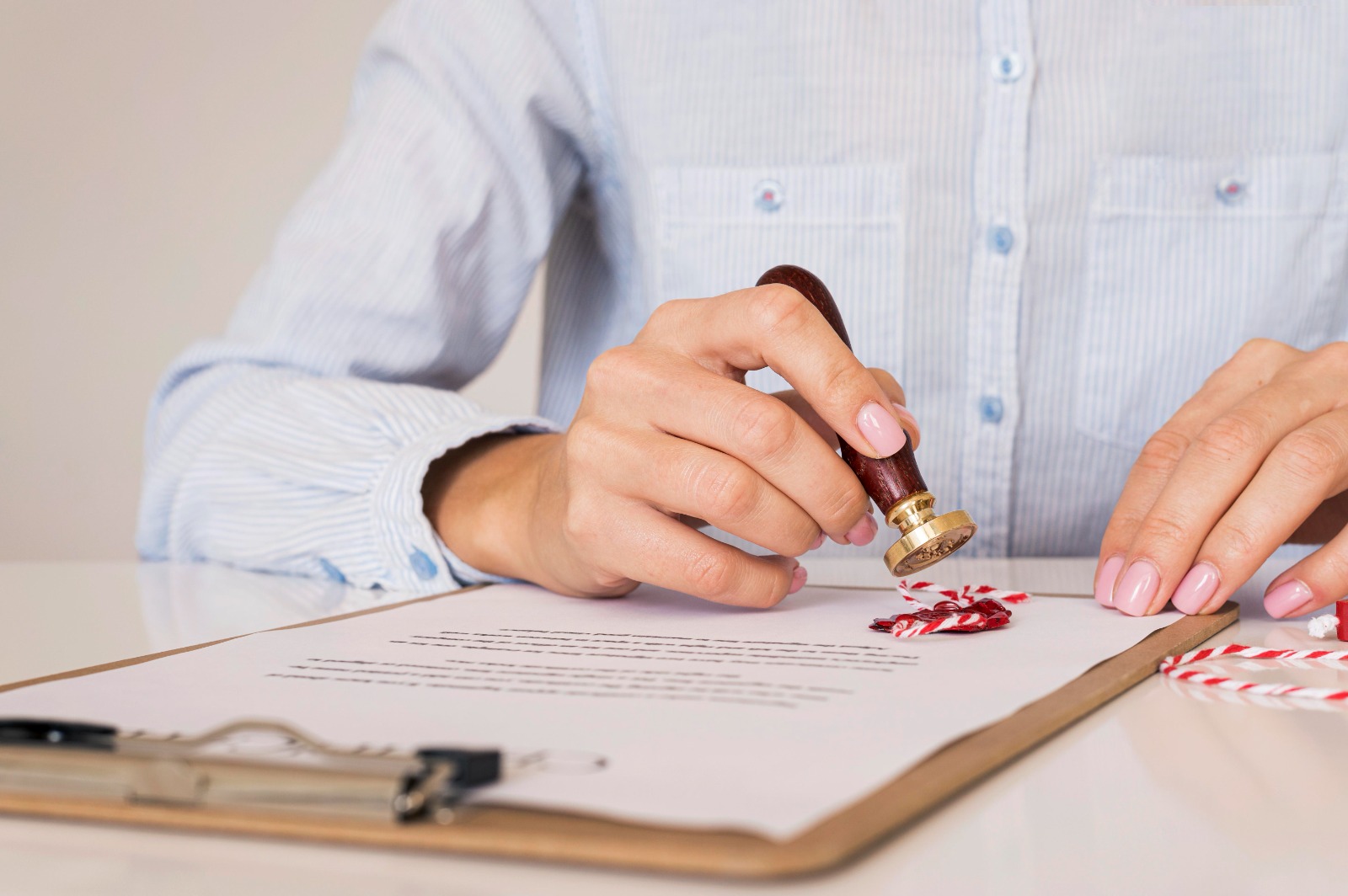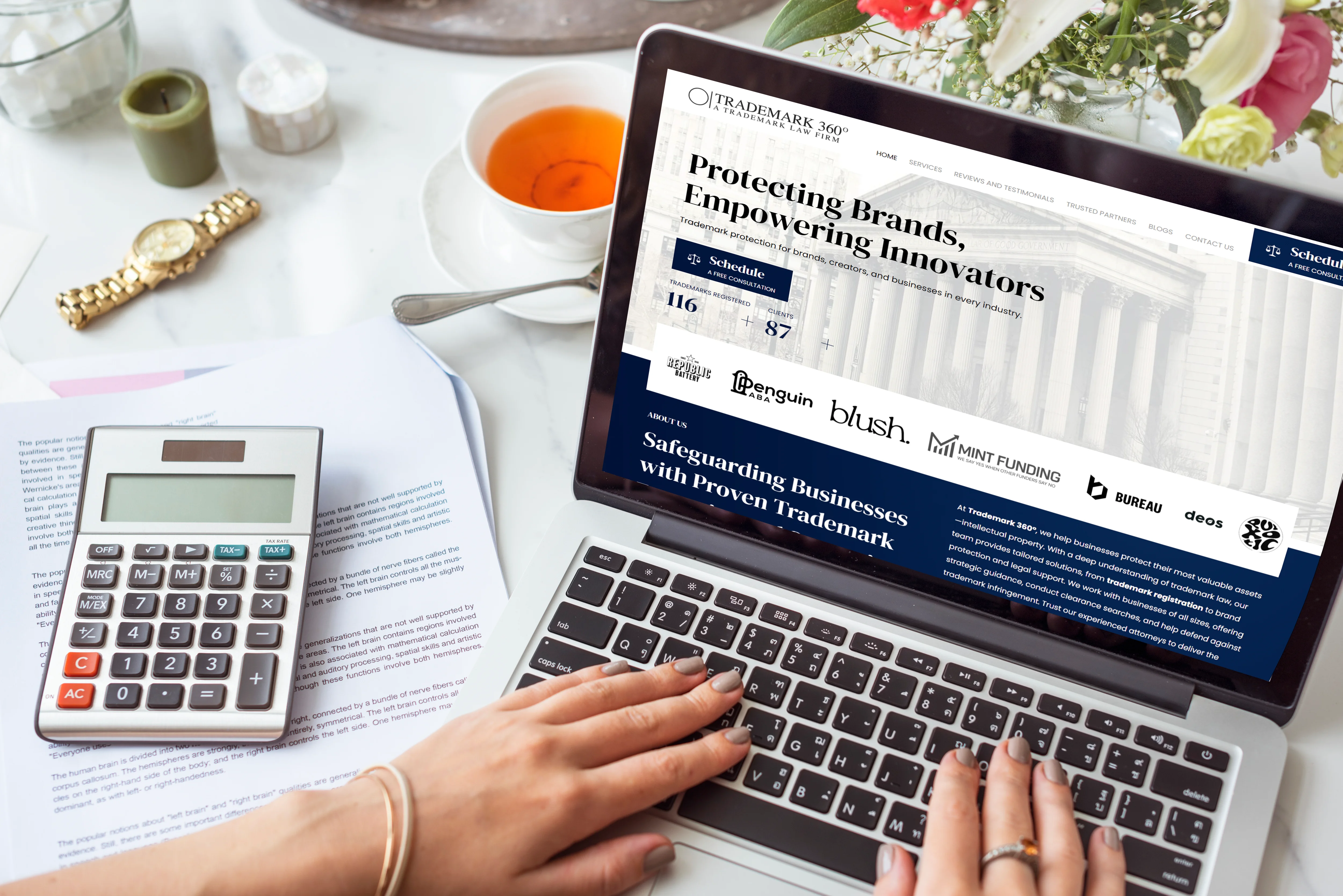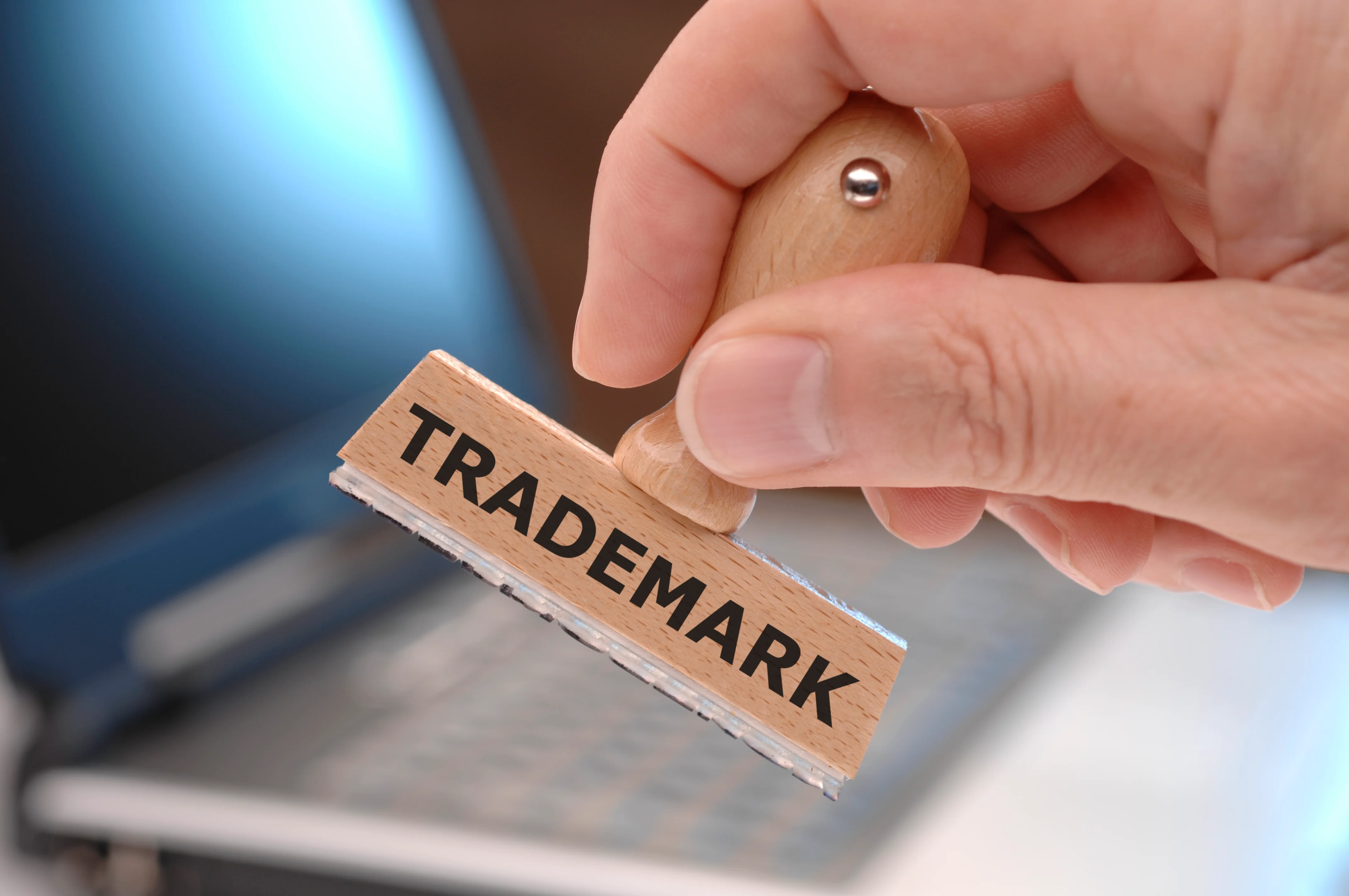In today's competitive marketplace, a compelling brand alone isn't enough. Without trademark protection, even the most memorable name, logo, or slogan can be vulnerable to misuse. Protecting your brand legally not only safeguards your intellectual property, it also strengthens your marketing efforts by enhancing credibility, consistency, and consumer trust.
When legal protection and marketing strategy work together, your brand becomes more than recognizable, it becomes unstoppable. Trademark protection is the legal foundation that supports everything from visual identity to customer perception.
The Role of Trademarks in Brand Marketing
Establishing Ownership and Trust
Trademarks serve as a public declaration that your brand elements—name, logo, slogan—belong to you. This clear ownership builds consumer confidence, sending the message that your business is legitimate, established, and dependable. Customers are more likely to engage with a brand that's backed by legal authority.
Driving Brand Recognition and Loyalty
Visual and verbal consistency are at the heart of successful branding. By registering your marks, you lock in your unique brand language, which boosts long-term brand recognition. Trademark protection ensures that your brand's distinct visual and verbal elements remain uniquely yours, reinforcing recognition over time. Consumers quickly identify and emotionally connect with protected brand elements, making your business their go-to choice over competitors.
Standing Out in a Crowded Market
In saturated industries, differentiation is critical. A strong trademark helps create distinction, not only in visuals but also in messaging. Trademarks provide a foundation for unique storytelling and innovation, which are essential to a modern brand marketing strategy.
Providing a Platform for Brand Expansion
Once your mark is registered, it becomes a scalable asset. You can safely introduce sub-brands, new product lines, or service extensions while maintaining brand integrity. This kind of structured expansion is vital when entering new markets or launching international campaigns.
Creating Long-Term Brand Equity
Trademarks increase the brand value protection of your business. The more your brand becomes known and trusted, the more valuable it becomes. In fact, trademarks are often listed as key assets during acquisitions, licensing deals, and investor evaluations, making them an essential tool in future-proofing your marketing.
Examples of Trademark-Driven Brand Success
Nike: The Swoosh That Speaks Volumes
Nike's "swoosh" is globally recognized, and its trademark has protected not just the logo but the essence of the brand. It's a textbook example of brand identity protection turning into a billion-dollar marketing tool.
Apple: Minimal Design, Maximum Impact
Apple's consistent use of trademarks across its products, packaging, and marketing ensures a seamless brand experience. This level of integration exemplifies how trademark protection for logos amplifies global campaigns and reinforces loyalty.
Coca-Cola: A Classic in Red
With a carefully protected bottle shape and logo, Coca-Cola proves that even simple visuals, when trademarked, can anchor powerful, long-lasting brand recognition. These real-world examples highlight how trademark enforcement strategies ensure your branding is respected worldwide.
How Trademark Protection Supports Marketing Goals
Ensures Brand Identity Across Channels
Every marketing campaign depends on repetition and consistency. Registered trademarks guarantee that your brand visuals, tone, and style remain the same across all consumer touchpoints - from your website and ads to packaging and presentations. This alignment builds a cohesive image in the consumer's mind, reinforcing your message.
Deters Copycats and Brand Theft
Trademark protection gives you the legal foundation to pursue trademark infringement cases swiftly. Knowing that your brand is protected makes would-be imitators think twice. This not only prevents confusion in the market but also saves your brand from potential reputational damage caused by knockoffs.
Enhances Professional Image and Brand Authority
A protected trademark signals to both customers and industry peers that you've invested in your brand. It showcases professionalism, builds credibility, and often tips the scale when a customer is deciding between you and a competitor.
Supports Digital Marketing and SEO
Trademarked brand names and slogans can be used in Google Ads, SEO strategies, and social campaigns without fear of infringement. Search engines and platforms also favor recognizable, legally secure names, giving your brand a digital edge.
Helps During Licensing and Franchising
As your business grows, trademark rights make it easier to license your products or services or expand through franchises. Trademarking locks in the brand standards, making replication easier without compromising identity or value.
Builds Leverage in Negotiations and Partnerships
Whether negotiating deals, signing with influencers, or partnering with retailers, a protected trademark gives you leverage. It communicates strength, reliability, and long-term vision, making your brand more attractive to potential collaborators.
Trademark Marketing Tips for Business Owners
Use Symbols to Show Legal Status
Always include the ® or ™ symbols next to your brand elements. The ® can only be used once your trademark is officially registered, while ™ can be used to indicate you're claiming rights to an unregistered mark. These small symbols send a strong message about your brand's legitimacy.
Feature Trademarks Everywhere
Show your trademark in all visual and written content—business cards, product packaging, social media headers, video intros, and printed materials. This reinforces your identity and increases visibility. Be sure it's used consistently across platforms to enhance brand and trademark protection.
Register More Than Just Your Logo
Your trademark strategy should include all critical brand assets. This means registering slogans, taglines, mascots, packaging designs, and even signature sounds or jingles. If these elements define your brand experience, they deserve legal protection too.
Trademark Product Lines and Sub-Brands
If you offer different products or services under unique names, consider securing those too. Each registered mark adds a layer of legal protection for brands and allows your marketing team to operate with greater freedom and security.
Monitor and Enforce Your Trademarks
Marketing doesn't stop at promotion, it includes trademark enforcement strategies. Regularly monitor the marketplace for unauthorized use of your trademarks and act swiftly if misuse is detected. A strong enforcement record deters infringement and reinforces your brand's authority.
Collaborate with Marketing and Legal Teams Together
Bring your marketing and legal teams together early in the process. This ensures that your campaigns align with what's legally protected and that your legal team is aware of how trademarks are being used in the public eye. It's a powerful way to integrate creativity and compliance.
Protecting Creativity = Marketing Power
Marketing is rooted in storytelling and creativity, but those efforts mean little if they're not secured. Brand and trademark protection ensures that the creative work you put into your branding isn't exploited by others, preserving its marketing value. To get the most from trademark protection services, collaborate with both branding professionals and trademark attorneys. Together, they'll help you develop a comprehensive branding strategy that's both creative and legally sound.
A good campaign might last a few weeks, but a well-protected brand can last generations. So while you're planning your next marketing push, also ask yourself: How long does a trademark protection last? (Answer: typically 10 years in the U.S., with unlimited renewals as long as it's in use.)
Protect Your Brand, Power Your Marketing
Trademarking isn't just about legal defense, it's a growth strategy. From building recognition to deterring copycats, trademark protection enhances every marketing initiative you run. When your brand is protected, you can focus on creative messaging, audience connection, and long-term expansion with confidence.
Ready to protect your brand and maximize your marketing efforts?
📞 Call us at (646) 389-1440
📧 info@trademark-360.com
Powered by Froala Editor












